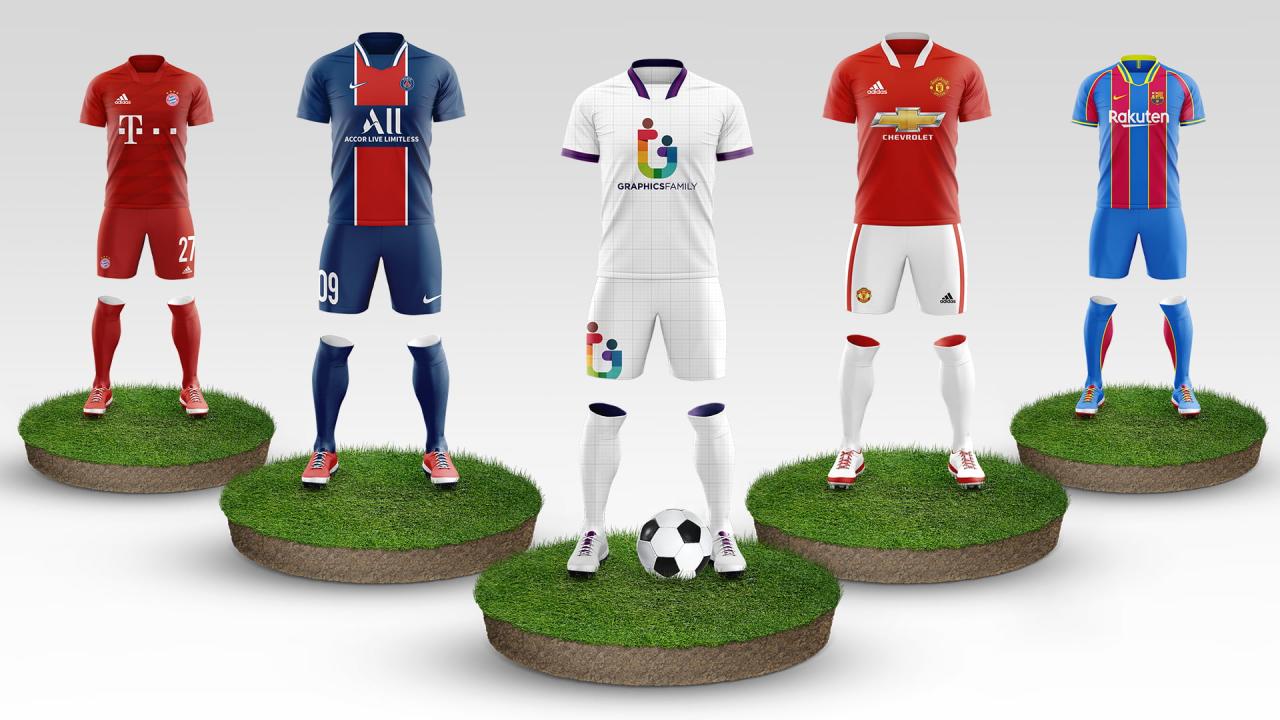
Kit Mockup: An In-Depth Guide for Designers and Marketers
Introduction
In today’s competitive marketing landscape, it’s imperative for businesses to create visually appealing and informative product presentations. Kit mockups offer an effective solution, enabling designers and marketers to showcase their products in a realistic and engaging manner. This comprehensive guide delves into the world of kit mockups, exploring their benefits, applications, and best practices.
What is a Kit Mockup?
A kit mockup is a pre-designed digital template that allows designers and marketers to insert their own images and text to create realistic product representations. These mockups typically feature multiple components, such as boxes, bottles, tubes, and other packaging elements, that are arranged together to form a cohesive product kit.
Benefits of Kit Mockups
- Enhanced Product Presentation: Kit mockups provide a visually appealing and professional way to showcase products, making them ideal for websites, social media, and other marketing materials.
- Customization and Flexibility: Designers have the freedom to customize the mockup elements, including colors, textures, and logos, to match their brand identity and product specifications.
- Time-Saving: Using pre-made mockups significantly reduces the time and effort required to create product presentations, freeing up designers for more strategic tasks.
- Realistic Results: Kit mockups offer a realistic and immersive experience for potential customers, allowing them to visualize the product in a practical setting.
- Versatility: Mockups can be used for a wide range of products, from cosmetics and skincare to technology and electronics.
Applications of Kit Mockups
- Website Product Pages: Create eye-catching product pages that showcase the complete kit contents and provide essential product information.
- Social Media Marketing: Engage followers with visually appealing posts that feature the kit in different settings or highlight its key features.
- Print Marketing: Design striking brochures, catalogs, and other printed materials that use mockups to demonstrate the product’s packaging and components.
- Packaging Design Presentations: Evaluate different packaging options and present them to clients or stakeholders in a professional and visually appealing manner.
- Content Marketing: Create blog posts, infographics, and other content that features mockups to educate potential customers about the product and its benefits.
Best Practices for Using Kit Mockups
- Choose High-Quality Mockups: Opt for mockups with high resolution and realistic textures and lighting effects to enhance the presentation.
- Customize Thoughtfully: While customization is key, avoid over-editing or adding too many elements that may detract from the product’s visual appeal.
- Maintain Brand Consistency: Ensure that the mockup aligns with the brand’s color palette, typography, and overall design aesthetic.
- Use Realistic Images: Insert high-quality images of your product to create a realistic and authentic representation.
- Consider Lighting and Shadows: Pay attention to the lighting and shadow effects in the mockup to make the product appear immersive and believable.
FAQ
- Q: What software is required to use kit mockups?
A: Most kit mockups are compatible with popular design software such as Adobe Photoshop, Illustrator, and Canva. - Q: How can I find high-quality kit mockups?
A: Explore marketplaces like Creative Market, Envato Elements, and GraphicRiver for a wide selection of professional-grade mockups. - Q: Can I use kit mockups for commercial purposes?
A: Always check the licensing agreement of the mockup to ensure its intended use and any restrictions. - Q: How do I create a kit mockup from scratch?
A: While pre-made mockups are readily available, you can also create your own using 3D modeling software or by combining individual packaging elements in design software. - Q: What are some tips for using kit mockups effectively?
A: Use high-resolution images, customize strategically, maintain brand consistency, pay attention to lighting and shadows, and present the kit in a realistic and engaging context.
Conclusion
Kit mockups empower designers and marketers with a valuable tool for creating visually stunning and informative product presentations. By following the best practices outlined in this guide, you can harness the power of mockups to engage potential customers, showcase your products in their best light, and achieve your marketing goals effectively.





